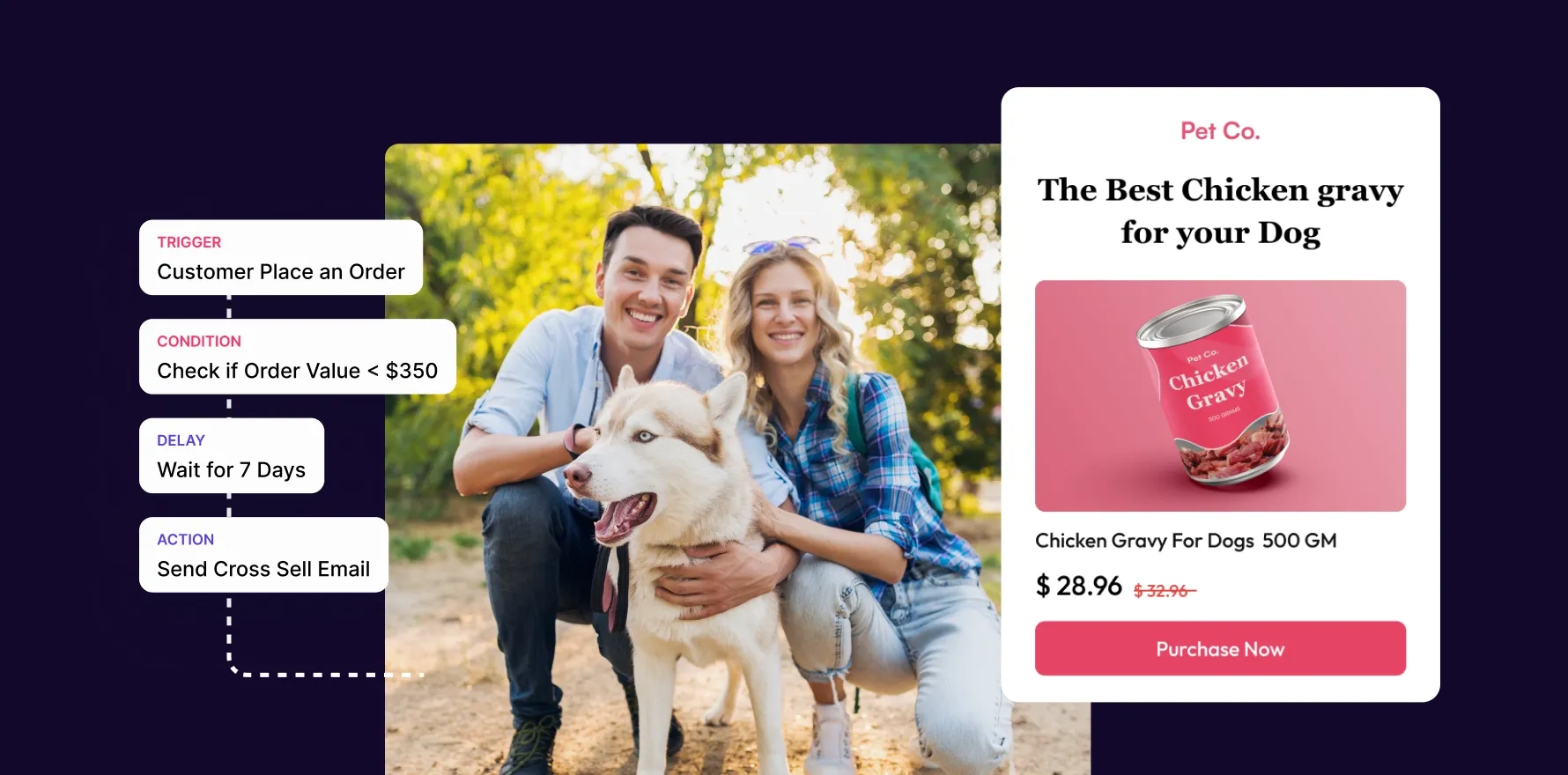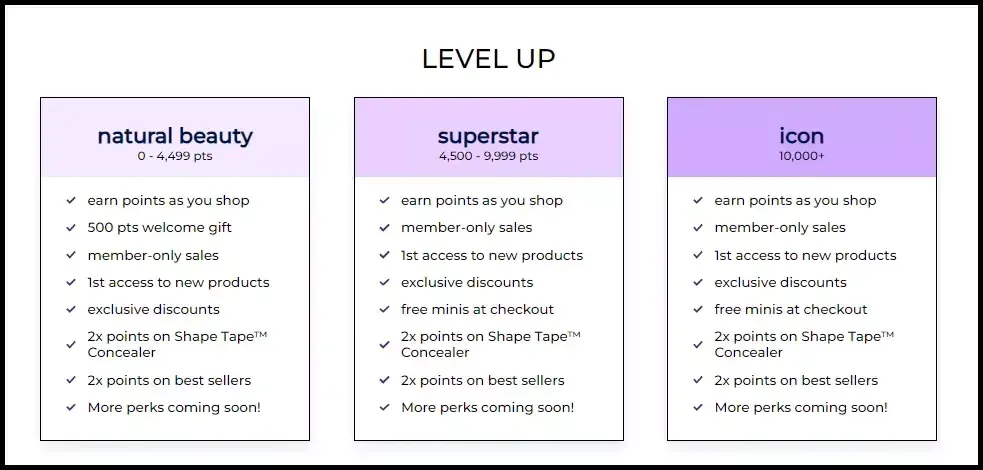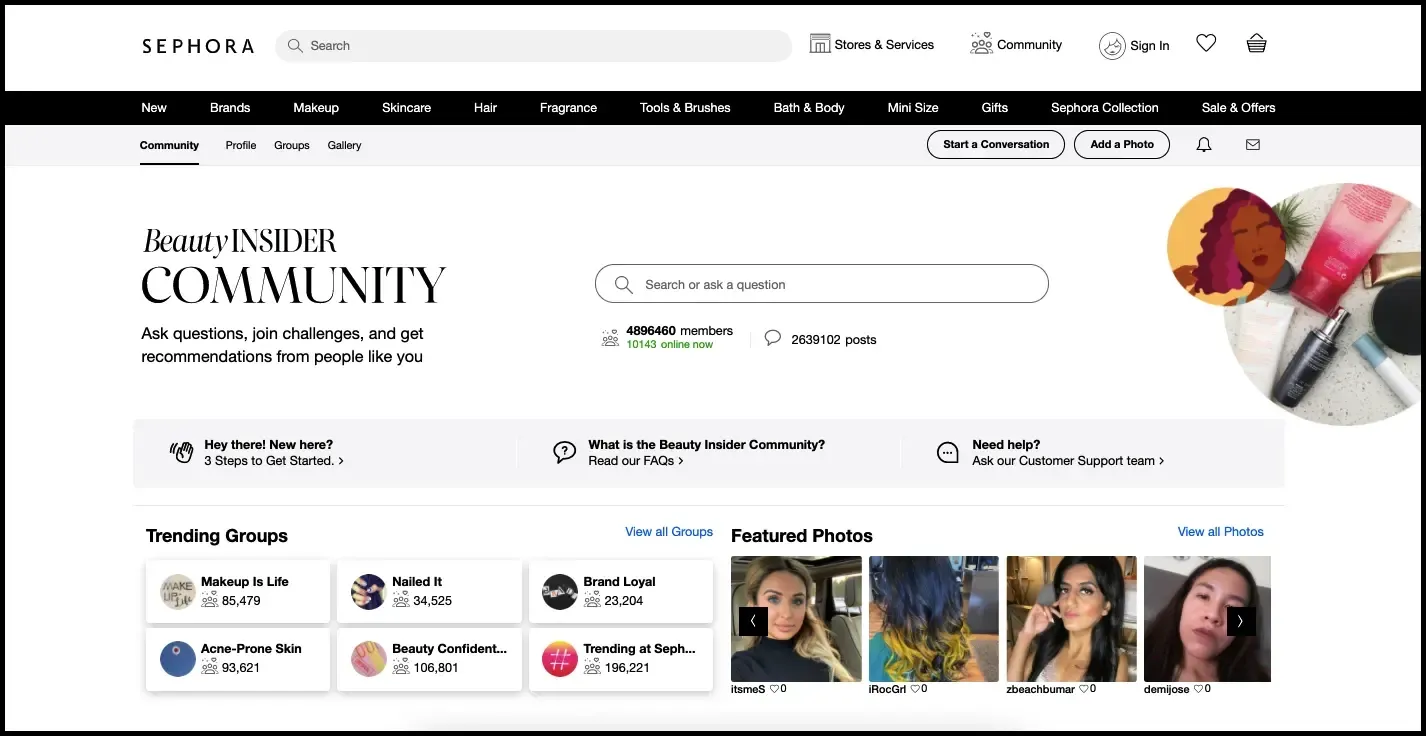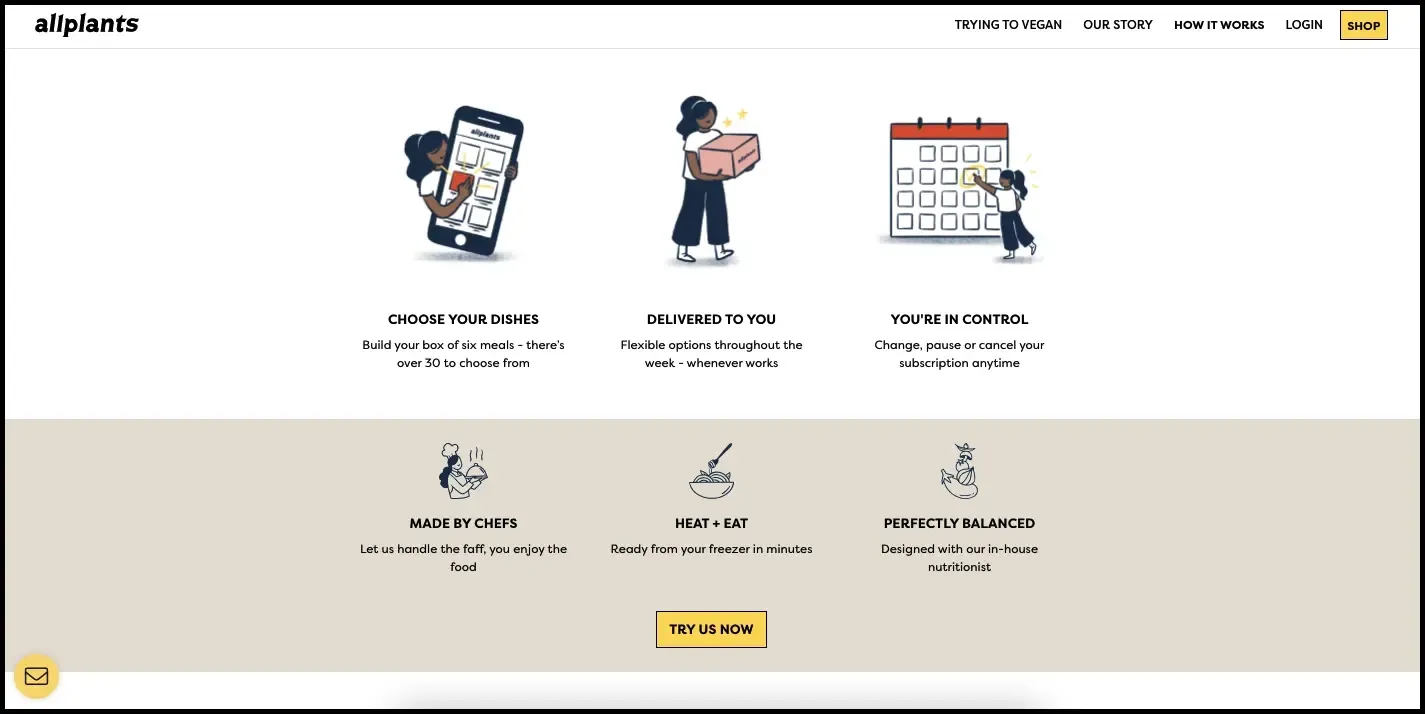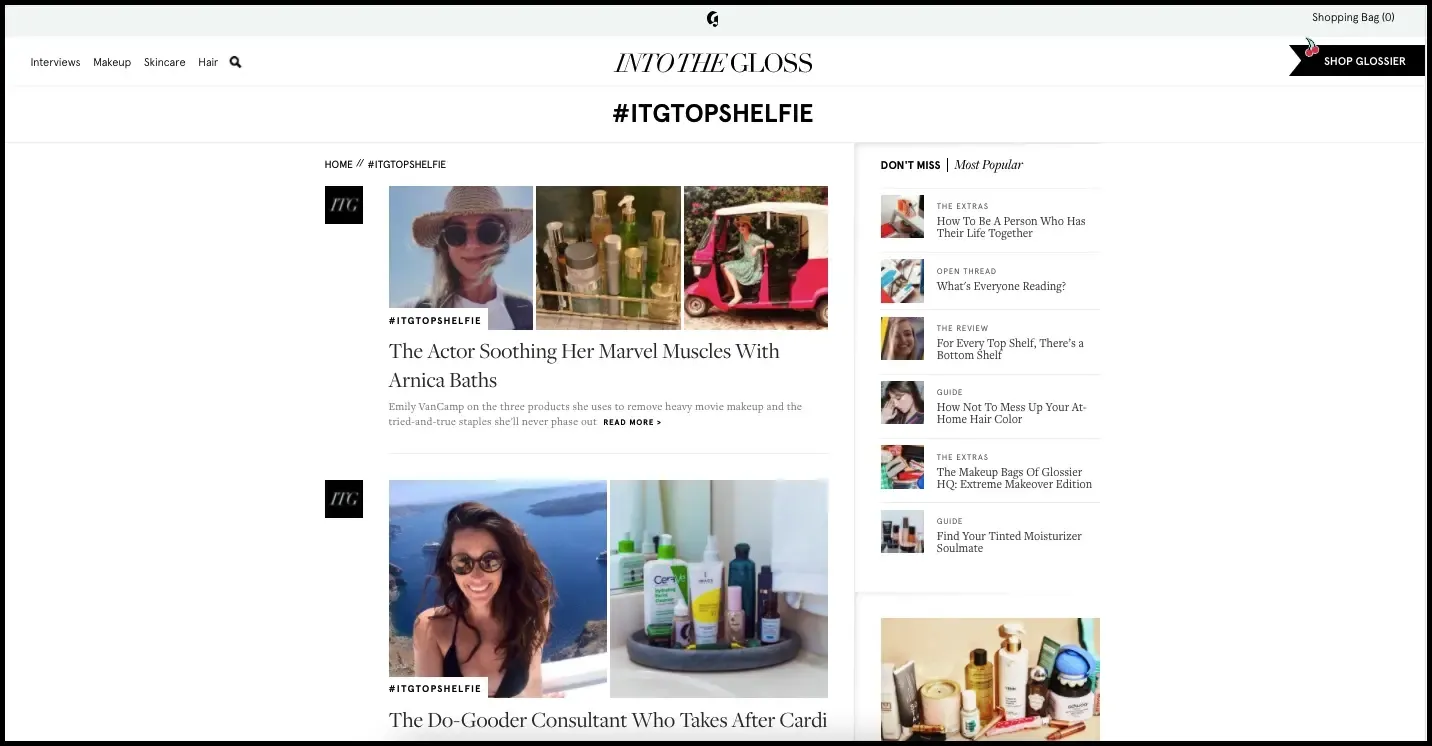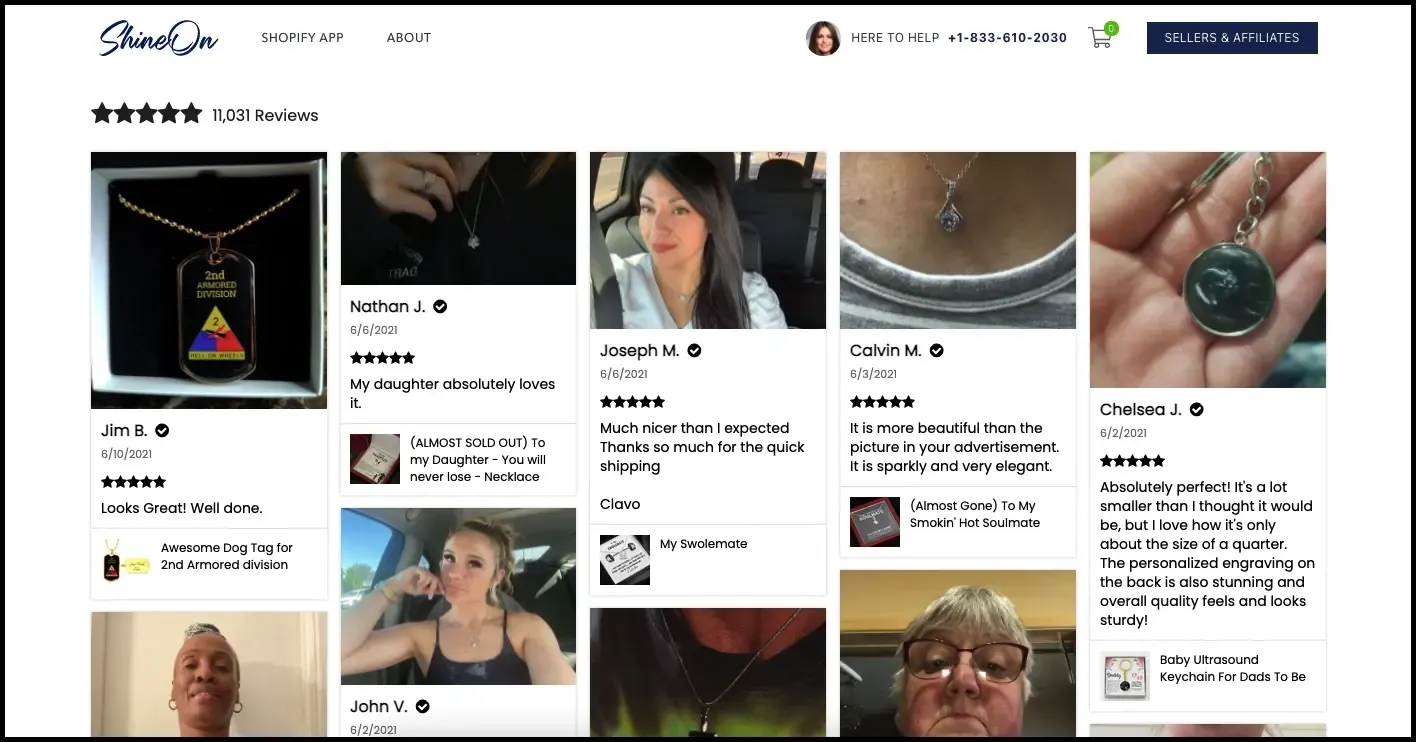Customer experience is many things, but it can broadly be described as the perception a customer has of a brand. It is embedded into every interaction, and each interaction is an opportunity to build a stronger bond between the brand and the customer.
According to PWC research, 86% of customers would pay more to receive a better experience. Building a relationship with customers entails being aware of their wants, needs, and values. The goal is to establish effective and seamless connections between the brand and the customer.
Brands must bear in mind that every interaction that customers and other businesses have with them produces some form of emotion. The emotions sparked by those interactions—whether favorable or unfavorable, joyful or gloomy later connected to the brand. Your buyer could then pose some crucial questions, such as: “Should I buy it or not? Returning or not returning?
The dawn of automation
A positive customer experience CX is an approach to stand out from rival businesses. CX is a means of elevating your product to the spotlight as more brands battle for customers’ attention and as more options are readily available.
Brands can improve customer experiences by automating key processes. They need to start engaging with customers in more dynamic ways if they want to enhance customer retention, customer loyalty, and customer engagement.
How automation is elevating customer experience to new heights?
Customer experience and consistency are now inextricably linked. A strong customer experience requires consistency across multiple touchpoints. With the use of automation, DTC brands can improve customer experiences across channels. One of the primary advantages of automation is the ability to develop personalized marketing plans and recommendations. The technology uses natural data to understand purchasing habits and provide both prescriptive and predictive assessments that encourage interaction.
1) Use chatbots to provide instant support
Did you know WISMO is the #1 question asked by ecommerce users and that 93% of customers expect to receive updates on their orders?
Using AI-powered chatbots DTC brands can enhance customer experience by expediting problem resolution and boosting brand productivity. They create an effective channel of communication between the brand and its customers.
Recommended tools – Tidio, Chatfuel, Snatchbot, Ada
2) Send personalized product recommendations
Almost 75% of customers are more likely to buy based on personalized recommendations. Brands can make sure that customers can easily and swiftly find the things they wish to buy. It gives them the chance to showcase the products that existing customers value the most and introduce those to new customers.
Bear & Bear, a U.K.-based store selling finely curated gifts, interiors, travel, home, and on-the-go products, employs this strategy by displaying products that “go well with” the item the user is currently browsing:
implement-personalized-product-recommendations-example-bear-&-bear
Read on to know 8 Product Recommendation Use Cases in Ecommerce
Recommended tools – OptInMonster, Evergage, Monetate
3) Automate email marketing campaigns
When a subscriber completes a specific activity, such as joining an email list, making a purchase, or clicking a link, an email or a series of emails known as email marketing automation are sent to them.
A set of triggers along the customer journey are used in email marketing automation to send the customer a customized email. Every email is carefully chosen for each touchpoint to naturally advance the customer through the sales funnel.
Recommended tools – MailChimp, Omnisend, Klaviyo
4) Use artificial intelligence (AI) to analyze customer feedback
AI-enabled solutions can easily assess customer conversations and do a qualitative study of the preferences of customers. Also, AI-enabled analysis is useful for determining how customers feel about your brand while offering them products based on their likings and preferences.
These tools help you retain your current customers while, more crucially, gaining their loyalty. As a result, this will undoubtedly result in the conversion of new customers into your brand. Furthermore, these AI-based technologies assist you in increasing your online presence and developing cordial relationships with your repeat customers.
Recommended tools – HubSpot, SurveyMonkey, Survicate, Wootric.
5) Implement a customer loyalty program
While loyalty programs ensure the offer has the correct value for customers, marketing automation enables you to provide a personalized customer rewards program at the right moment, on the right channel. According to McKinsey & Company, personalized communications that are valuable and relevant can increase revenue by 10 to 30% while cultivating long-lasting customer retention.
Loyalty programs not only complement offerings by augmenting them with prizes and advantages, but they also assist marketing efforts by encouraging data gathering. First, you already have a plethora of data about loyalty available (tiers, points that are still available, etc.) that can be included in an email. Secondly, loyalty programs could offer rewards and points in exchange for completing surveys and profiles, which can provide access to useful information.
Tarte, a cosmetics and skincare brand offers a Tier-based reward program.
customer-loyalty-program-example-tarte
They use their reward program to increase online engagement through user-generated content. In exchange for sharing their experiences with Tarte products online in the form of photos, written reviews, and video instructions, customers can earn rewards points and become brand advocates.
tarte-user-generated-content
Recommended tools – Yotpo, Growave, Referral Candy
Read more Best Customer Loyalty Apps to Boost Retention
6) Use automation to manage and fulfill orders
Automated fulfillment uses technology and other resources to manage the fulfillment process automatically, which helps to streamline operations, save time, and minimize human error.
By minimizing delays and guaranteeing that orders are delivered as expected, assuring that customers receive their purchases in an efficient and timely manner helps enhance the overall customer experience.
Recommended tools – Glide, Kyte, MasonHub
7) Use CDP to collect and analyze customer data
A positive customer experience (CX) is critical to customer acquisition, retention, and growth. The cornerstone of outstanding CX is hyper-personalization, which can’t be achieved without consolidated customer information.
This is easily accomplished by employing a CDP to collect various sorts of data (behavioral and transactional in real time, structured and unstructured) and deliver value throughout the customer lifecycle, rather than simply at one point.
And this is just the start of a completely hyper-personalized customer experience made possible by automation and AI.
If you think this is where you want your direct-to-consumer brand to go, we would love to talk to you. Sign up for Lifesight today!
Read on to know more about CDPs for ecommerce
Exemplary customer experience examples:
Sephora
sephora-online-community
- Nearly 5 million people regularly visit Sephora’s onsite community, which is excellent for customer retention and product development.
- By providing virtual beauty consulting and services, Sephora increases customer confidence in its brand and gives them a more personalized experience.
- Customers can take one of Sephora’s online quizzes—there are 9 of them—to receive tailored product recommendations based on their preferences and skin type.
AllPlants
allplants-customer-experience
- Vegan food delivery business AllPlants enables customers to modify their subscriptions on a need-to-know basis. As a result, LTV is consequently elevated, which is essential for their business.
- The given modification is a hassle-free option because it can be easily customized by the customer by clicking a single link that directs them to a sleek, uncomplicated, on-brand website.
- The flow is so fluid and eliminates all friction when changing a subscription, leading to improved retention and LTV.
Glossier
glossier-customer-experience
- Glossier offers a customer experience that is meaningful to its followers and customers as it is based on feedback from a diverse range of sources.
- Glossier places a strong emphasis on creating a community that is fueled by the people and that fosters a close relationship with customers.
- 90% of revenue growth at Glossier has been credited to word-of-mouth advertising thanks to its enhanced customer experience!
Blume
blume-customer-experience
- Blume excels in providing up-sells along the conversion process by making it simple to raise the order value.
- The upsells Blume offers are elegantly crafted to appeal to its customer’s interests.
- Blume provides a straightforward one-click checkout to secure conversions and boost AOV to new heights.
ShineOn
shineon-customer-experience
- ShineOn is a terrific US-based company that uses crowdsourcing to find innovative and creative goods that are guided by the values of sustainability and social impact.
- By allowing their customers in on their process and actively involving their community, ShineOn produces a lot of social proof content to increase customer retention.
- ShineOn also opts for an immediate, two-way communication channel like SMS to interact with its customers and foster stronger bonds. Last but not least, they consistently learn more about their customers by delving into their conversational SMS marketing data insights and extensive A/B testing to discover what their customers desire and improve their CX.
The bottom line
Automation in customer experience management helps the brand in a plethora of ways in addition to pacifying customers. An integrated digital platform that incorporates automation into digital customer experience management can offer a variety of services, including conversational AI, fluid workflows, data visualization, quick insights, real-time monitoring, sentiment analysis (across languages), and much more.
Customer expectations are at an all-time high, making automation essential for business success. In addition to helping businesses better understand their customers, it also helps them respond to their issues and concerns more swiftly while creating meaningful interactions throughout the whole customer experience. Automation will eventually help businesses achieve better outcomes by providing dependable, affordable ways to communicate with customers and provide them with the top-notch service they want.
You may also like
Essential resources for your success
